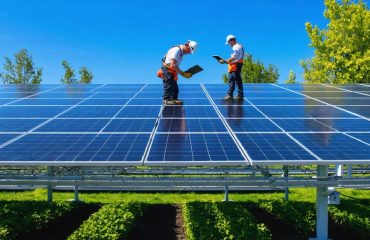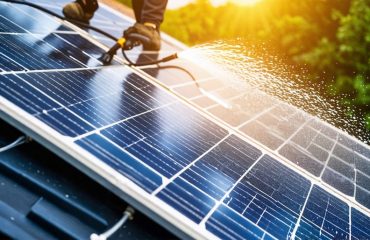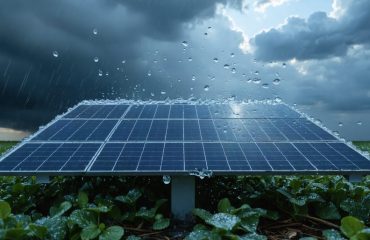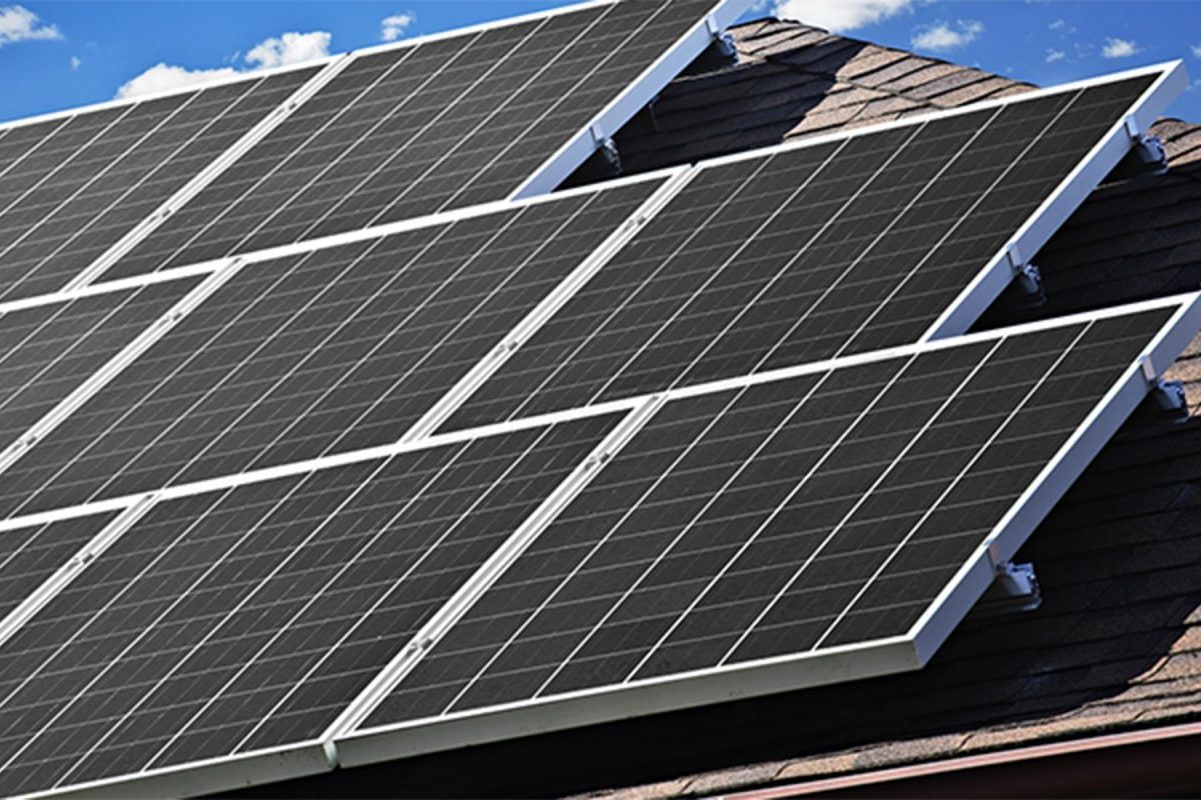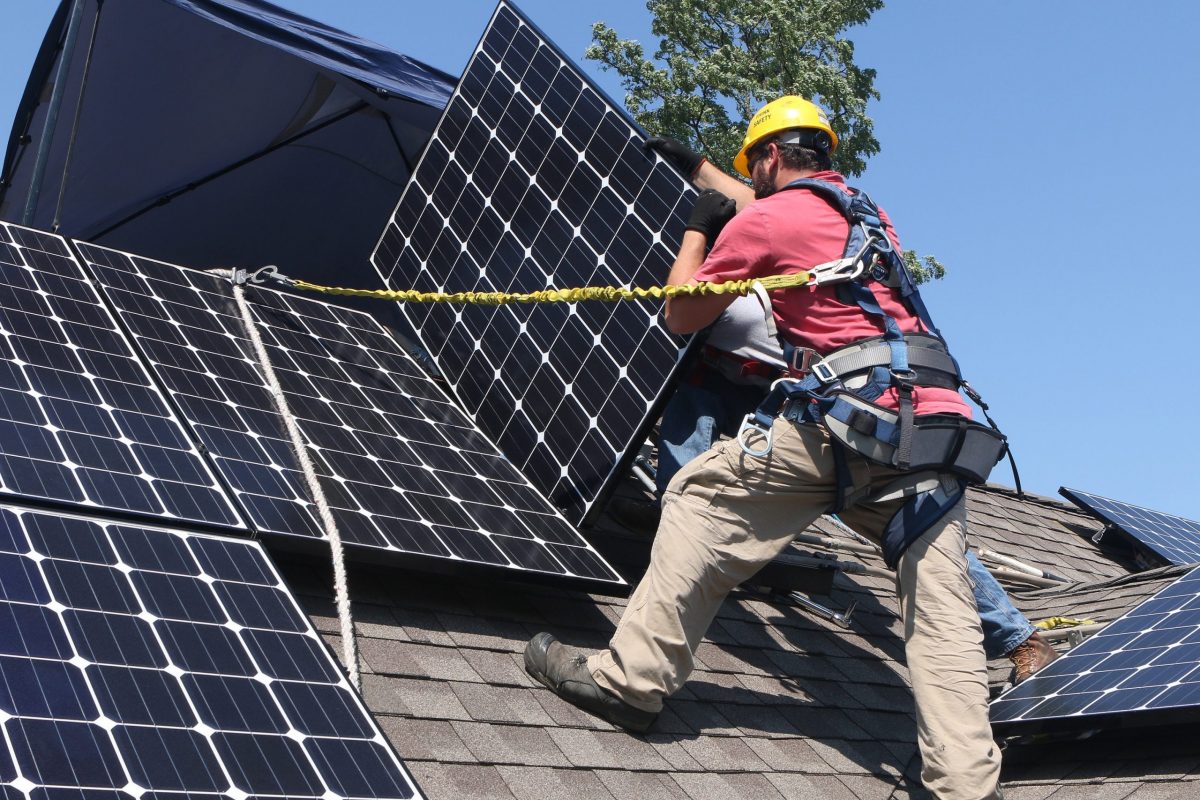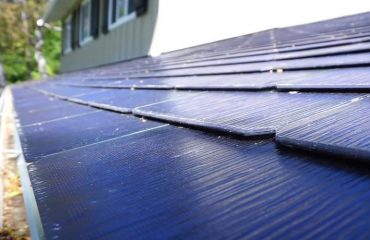Regular solar panel inspections safeguard your renewable energy investment and maintain optimal power generation for years to come. Professional inspections typically uncover issues before they escalate into costly repairs, from microscopic cracks and loose connections to debris accumulation that silently drains system efficiency. While most homeowners schedule annual professional check-ups, monthly visual inspections from ground level can catch obvious problems like visible damage or significant dirt buildup.
A thorough solar panel inspection encompasses three critical areas: physical condition assessment, performance monitoring, and electrical safety verification. Understanding these components helps homeowners maximize their system’s lifespan and maintain consistent energy production. Whether you’re a new solar adopter or a seasoned owner, regular inspections protect your investment while ensuring your panels continue delivering the clean, cost-effective energy you expect.
Modern monitoring systems make it easier than ever to track panel performance and spot potential issues early, but nothing replaces the trained eye of a certified inspector who can identify subtle signs of wear or damage that might otherwise go unnoticed.
Why Regular Solar Panel Inspections Matter

Protecting Your Investment
Regular solar panel inspections are a crucial part of protecting your investment in clean energy. Think of it as preventive healthcare for your solar system – catching small issues before they become expensive problems. A well-maintained solar array typically maintains its efficiency longer and provides better returns on your investment over time. By identifying and addressing minor issues like loose connections or microcracks early, you can avoid costly repairs and system downtime. Regular inspections also help maintain your warranty coverage, as many manufacturers require documented maintenance to honor their guarantees. Additionally, keeping your panels in top condition ensures they continue generating maximum power output, helping you save more on your energy bills while preserving your system’s long-term value.
Maintaining Peak Performance
Regular solar panel inspections are crucial to maintain peak performance and maximize your energy production. Just like any other investment, your solar system needs consistent attention to deliver optimal results. Through routine checks, you can identify potential issues before they impact your energy output, ensuring your panels continue to generate maximum power throughout their lifetime. Regular inspections help spot problems like debris accumulation, loose connections, or minor damage that could reduce efficiency. By catching these issues early, you’ll protect your investment and keep your energy bills low. Plus, well-maintained panels typically last longer and maintain their efficiency ratings, providing better returns on your solar investment over time.
Essential Inspection Checklist
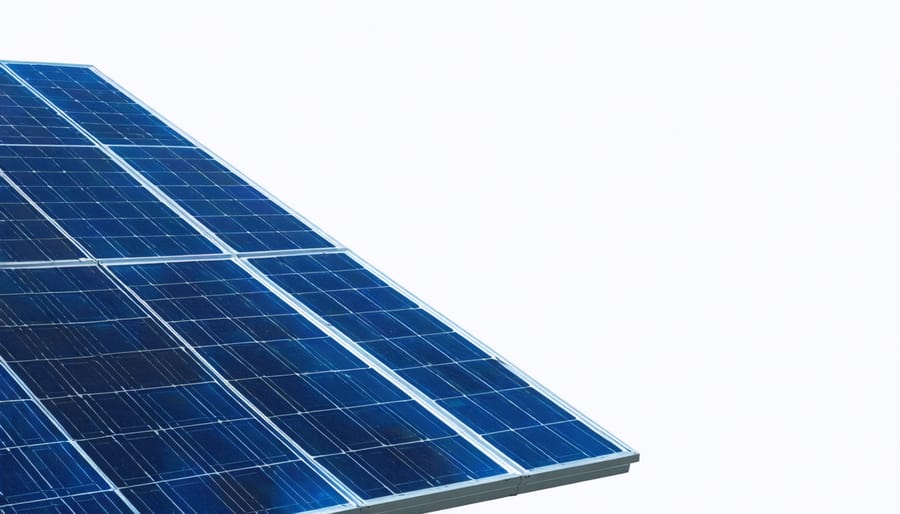
Visual Inspection Points
When inspecting your solar panels, start with the panel surfaces, looking for any visible cracks, chips, or discoloration. These issues can significantly impact performance and should be addressed promptly. Check the glass covering for dirt buildup, bird droppings, or leaves that might obstruct sunlight absorption.
Pay close attention to the frame seals and mounting hardware. Look for any signs of water damage, rust, or loose components that could compromise the panel’s stability. The wiring connections should be intact, with no exposed cables or signs of pest damage.
Examine the junction boxes mounted on the back of each panel, ensuring they’re properly sealed and free from moisture. Any signs of corrosion or loose connections warrant immediate attention. The mounting brackets and roof attachments should be secure, with no visible gaps or shifting.
Don’t forget to inspect the surrounding roof area for any signs of water pooling or unusual wear patterns. In regions with heavy snowfall or leaf accumulation, ensure the drainage paths around your panels remain clear to prevent potential damage.
Performance Monitoring
Monitoring your solar panel system’s performance is crucial for ensuring you’re getting the most from your investment. Modern solar installations often come with user-friendly monitoring apps or web portals that provide real-time data about your system’s energy production. These tools allow you to track daily, monthly, and annual power generation, helping you spot any unusual drops in performance quickly.
Make it a habit to check your system’s output readings at least monthly and compare them to previous periods. Many monitoring systems will alert you when production falls below expected levels. By conducting regular system health checks, you can identify potential issues before they significantly impact your energy savings.
Keep a simple log of your energy production and weather conditions to establish baseline performance patterns. This information becomes invaluable when determining if your panels are performing as expected or need attention. Remember to also monitor your utility bills to verify that your actual energy savings align with projected estimates. If you notice any significant discrepancies, it may be time to schedule a professional inspection.
Safety Considerations
When inspecting solar panels, safety should always be your top priority. Never attempt rooftop inspections during wet weather, high winds, or intense sunlight. Always wear non-slip shoes, use a secure ladder, and work with a partner who can spot you from the ground. If your roof has a steep pitch or is higher than one story, leave the inspection to professionals.
For ground-level inspections, avoid touching the panels or electrical components, especially during peak production hours. Keep children and pets away from the inspection area. If you notice any exposed wiring or damaged components, don’t attempt repairs yourself – contact a certified solar technician immediately.
Remember to document any issues with photos from a safe distance, and never compromise your safety to get a closer look. When in doubt, schedule a professional inspection instead of risking personal injury.
When to Call the Professionals
Warning Signs
Regular monitoring of your solar panels can help you spot potential issues early. Watch for decreased energy production or unexpectedly high electricity bills, as these often indicate reduced panel efficiency. Look for visible physical damage such as cracks, discoloration, or loose components during your routine visual checks. If you notice water seeping under the panels or debris accumulation that won’t clear with rain, it’s time to call a professional.
Pay attention to your inverter’s warning lights and error messages, as these can signal system problems. Sudden changes in your monitoring app’s performance data or inconsistent energy generation on sunny days are red flags. Squeaking or creaking sounds from your roof-mounted system, especially during windy conditions, might indicate loose mounting hardware.
If your panels are more than five years old and haven’t been professionally inspected, schedule a checkup regardless of visible issues. Better to catch potential problems early than risk system failure or reduced efficiency.
Professional vs. DIY Inspections
While homeowners can perform basic visual inspections of their solar panels, certain aspects require professional expertise. As a homeowner, you can regularly check for visible debris, dirt accumulation, and obvious physical damage from the ground. You can also monitor your system’s performance through your solar inverter display or monitoring app to spot potential issues.
However, professional inspectors bring specialized equipment and expertise that’s essential for thorough evaluation. They can safely access roof-mounted panels, perform detailed electrical testing, use thermal imaging to detect hot spots, and identify subtle damage that might escape untrained eyes. Professionals also understand local codes and warranty requirements, ensuring your system maintains its certification and coverage.
For optimal results, combine regular DIY visual checks with annual professional inspections. This balanced approach helps maintain your system’s efficiency while ensuring safety and compliance with manufacturer specifications.
Creating Your Inspection Schedule
Seasonal Considerations
Regular solar panel inspections should align with seasonal changes to maximize their effectiveness. Spring and fall are ideal times for comprehensive checks, as weather conditions are typically mild and allow for safer roof access. Spring inspections help identify any damage from winter storms or snow load, while fall checks ensure your system is ready for the upcoming winter months.
Summer inspections are crucial for monitoring performance during peak production periods, though it’s best to schedule these during early morning or late afternoon to avoid intense heat. Winter inspections should focus on snow removal and ice dam prevention, but only when conditions are safe for access.
To extend your solar panel lifespan, schedule additional inspections after severe weather events like hailstorms, heavy snowfall, or hurricanes. Consider your local climate patterns when creating an inspection schedule, as regions with extreme weather may require more frequent checks during certain seasons.
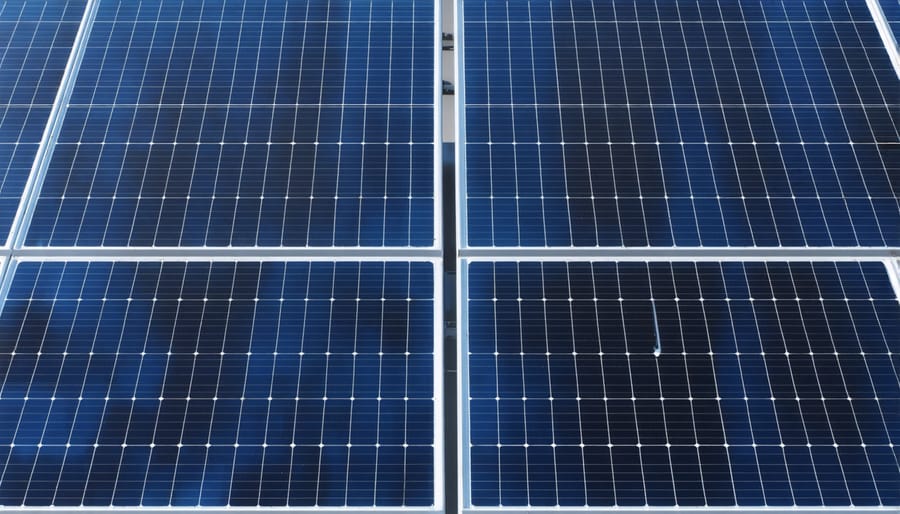
Record Keeping
Maintaining detailed records of your solar panel inspections is crucial for tracking system performance and warranty compliance. Create a digital or physical logbook where you document each inspection, including the date, weather conditions, and any issues discovered. Take clear photos of problem areas and save them with your records for future reference.
Include key information such as power output readings, cleaning dates, and any maintenance work performed. Note down serial numbers of panels that show signs of wear or damage, and keep records of communication with solar installers or maintenance professionals. This documentation can be invaluable when filing warranty claims or planning preventive maintenance.
Consider using a simple spreadsheet or dedicated solar monitoring app to track your system’s performance over time. Keep all warranty documents, installation certificates, and maintenance receipts in the same location as your inspection logs for easy access when needed.
Regular solar panel inspection is your key to maximizing the return on your renewable energy investment. By following a consistent maintenance schedule and knowing what to look for during inspections, you can ensure your system operates at peak efficiency for years to come. Remember to conduct visual checks monthly, clean your panels seasonally, and schedule professional inspections annually to catch potential issues before they become costly problems.
Whether you choose to perform basic inspections yourself or rely on professional services, the important thing is to stay proactive. Regular maintenance not only extends the life of your solar panels but also helps maintain optimal energy production, ultimately saving you money on your electricity bills.
Don’t wait for obvious problems to arise before taking action. By implementing the inspection practices we’ve discussed, you’ll be well-equipped to protect your solar investment and maintain its performance. Consider creating a maintenance calendar to track your inspection schedule, and always prioritize safety by calling professionals for complex issues or when in doubt.
With proper care and attention, your solar panel system will continue to provide clean, renewable energy for decades to come.


